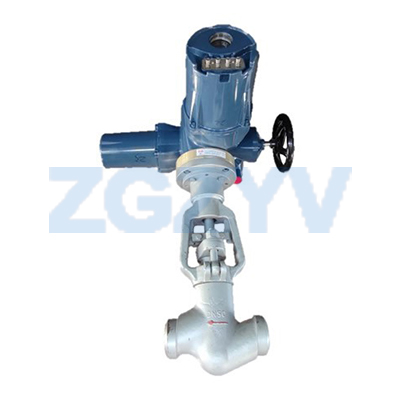What needs to be done to maintain power station valves?
Power station valves are “switches” that control the flow of media such as water, steam or oil in power plants. They are equivalent to “faucets + fuses” in pipelines. They not only regulate flow but also protect equipment safety.
The maintenance of power station valves needs to be combined with daily inspection, cleaning, lubrication and sealing maintenance. The specific methods are as follows:
I. Daily inspection and maintenance
1. Appearance inspection Regularly check whether the valve body, valve stem and sealing surface are worn or corroded, and pay attention to the tightness of the flange connection and valve stem nut.
Check whether the connecting bolts are loose and whether the sealing gaskets are aged or damaged every month (damage needs to be replaced immediately).
2. Operation function test Manually or electrically operate the valve to confirm that the opening and closing are flexible and there is no jamming. Valves that have not been used for a long time need to turn the handwheel regularly to prevent rust.
Electric valves need to check whether the power supply line, controller and transmission components (such as gears and worms) are normal.
II. Cleaning and lubrication
1. Cleaning measures Use neutral solvents or clean water to remove dirt on the surface and inside of the valve to prevent impurities from blocking the flow channel or damaging the sealing surface.
During long-term storage, the inlet and outlet need to be sealed with wax paper or plastic sheets to prevent dust.
2. Lubrication management
Molybdenum disulfide or yellow dry oil should be applied to the friction parts such as valve stem threads and bearings every quarter for lubrication.
Large-diameter valves (DN100 and above) need to be manually lubricated, and small-diameter valves can be self-priming lubricated.
III. Sealing performance maintenance
1. Sealing surface treatment
Soft sealing valves (such as O-rings) can be directly replaced after wear, and metal sealing surfaces can be repaired by grinding and regularly pressure tested to verify the sealing performance.
When internal leakage is found, the sealing surface can be cleaned or sealing grease (such as type 7903) can be added through the grease nozzle.
2. Packing maintenance
Aging of the packing will cause external leakage, and it needs to be checked and replaced regularly (corrosive environments such as urea pipelines require enhanced maintenance).
IV. Long-term storage and special maintenance
1. Storage requirements
The valve should be placed in a dry and ventilated place, and the flange surface should avoid contact with the ground. When stored outdoors, it should be covered with a rainproof cloth.
The valve stem should be coated with anti-rust oil and opened and closed once a month to prevent the gate from sticking to the valve seat.
2. Emergency maintenance
After closing the valve, install a drain valve through the bottom screw plug to clean the residual liquid. If there is a pressure relief device, the pressure in the middle cavity needs to be released regularly.
Avoid leaning on the valve to support heavy objects or stand during operation to prevent overload damage.
V. Safety precautions
When dealing with leaks, pressure must be released first to avoid pressure operation.
Establish a maintenance file to record the inspection time, problems and treatment measures.
The above maintenance measures can extend the service life of the electric gate valve and reduce the risk of sudden failure.
